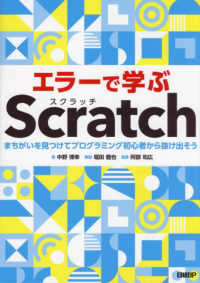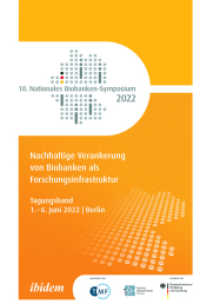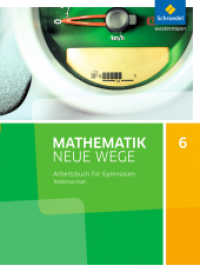- ホーム
- > 洋書
- > ドイツ書
- > Humanities, Arts & Music
- > Music
- > theory of music & music basics
Full Description
This book offers a new approach to musical creativity, dealing with software and the semiotics and mathematical principles of creativity. The text is supported with musical score examples, and the authors' sound and video examples are freely available online.








